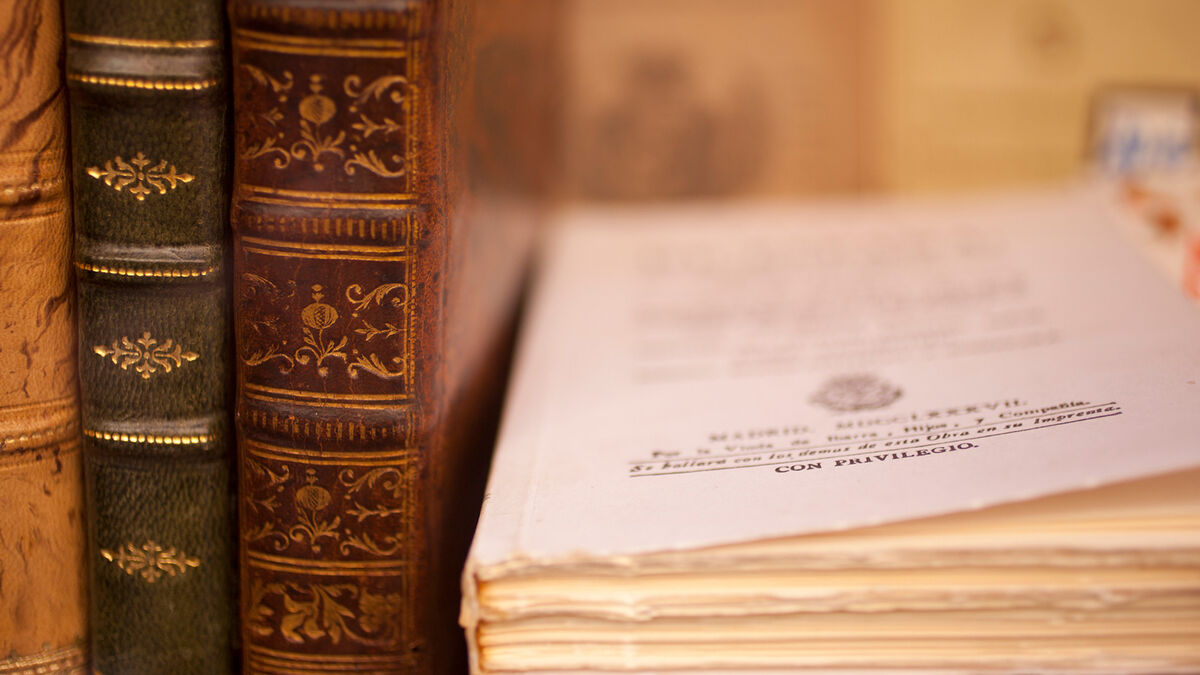
Poetry is all about rhythm and flow, and rhyme is what gives a poem its rhythm. Find out the different types of rhyme schemes out there. To see each one at work, explore famous rhyme scheme examples.
What Is a Rhyme Scheme?
When you’re looking for a specific rhyme scheme in a poem, look at the end of the lines. Why? Because this is where you find rhyme scheme gold.
Rhyme schemes are the specific patterns a poem follows at the end of each line. Some rhyme schemes follow a simple pattern like AA and BB. For example:
The sky is very sunny. (A)
The children are funny. (A)
Under the tree we sit, (B)
But just for a bit. (B)
While this is just a simple rhyme scheme example, there are several types poets love to use. Explore some common rhyme scheme examples.
Types of Rhyme Scheme Examples
What would poetry be without a rhyme scheme? Well, free verse of course. All jokes aside, poets have created quite a few different rhyme schemes over the years. Some are specific to poets like the Keats ode rhyme scheme, but others are found across the board. Let’s look at a few common rhyme scheme examples in more depth.
Alternating Rhyme
Alternating rhyme schemes are one of the simplest types. Also called interlocking rhymes, this rhyme scheme is found in 4-line stanzas and includes the ABAB pattern. An example is “Neither Out Far Nor In Deep” by Robert Frost.
The people along the sand (A)
All turn and look one way. (B)
They turn their back on the land. (A)
They look at the sea all day. (B)
Ballade
Ballades get more complex when it comes to rhyme schemes. In total, a ballade will have 28 lines including three 8-line stanzas with the rhyming pattern ABABBCBC. The end will include a 4-line envoi with the rhyme scheme BCBC. While it sounds confusing, see this in action through Hilaire Belloc’s “Ballade of Modest Confession”.
Painting on Vellum: not on silk or hide (A)
Or ordinary Canvas: I suppose (B)
No painter of the present day has tried (A)
So many mediums with success, or knows (B)
As well as I do how the subject grows (B)
Beneath the hands of genius, that anoint (C)
With balm. But I have something to disclose— (B)
Painting on Vellum is my weakest point. (C)
Envoi
Prince! do not let your Nose, your royal Nose, (B)
Your large imperial Nose get out of Joint. (C)
For though you cannot touch my golden Prose, (B)
Painting on Vellum is my weakest point. (C)
Coupled Rhyme
Coupled rhyme can be a lot of fun because this type of rhyme isn’t very intricate. Additionally, it’s seen a lot in children’s poems. Coupled rhyme is a 2-line stanza following the simple format AA, BB, CC, etc. Great poets from Shakespeare to Chaucer used rhyming couples. Looking for a fun example, look no further than Dr. Seuss’ Green Eggs and Ham.
I would not like them here or there. (A)
I would not like them anywhere. (A)
I do not like green eggs and ham. (B)
I do not like them, Sam-I-Am. (B)
Triplet Rhyme
Not as common as the coupled rhyme is the triplet rhyme. As you can imagine by now, a triplet rhyme is a 3-line rhyming stanza. See how this works through “Upon Julia’s Clothes” by Robert Herrick.
Whenas in silks my Julia goes, (A)
Then, then (methinks) how sweetly flows (A)
That liquefaction of her clothes. (A)
Monorhyme
When thinking of a monorhyme, it’s helpful to think ‘one’. This is because a monorhyme scheme only has one ending rhyme throughout the entire poem. Imagine how tricky it can get to think of new rhyme words. Watch this in action by reading “Night Storm” by Marie Summers.
It came in a winter’s night,
a fierce cold with quite a bite.
Frosted wind with all its might
sent ice and snow an invite
to layer earth in pure white
and glisten with morning light.
Limerick
Looking for a humorous rhyme scheme example, check out a limerick. Humorous by design, limericks have 5 lines that follow an AABBA rhyme scheme. They also have a set number of syllables to each line. Explore the silly limerick example “A Young Lady of Lynn”.
There was a young lady of Lynn, (A)
Who was so uncommonly thin (A)
That when she essayed (B)
To drink lemonade (B)
She slipped through the straw and fell in. (A)
Villanelle
Villanelle rhyme schemes like to mix it up. They include not only five 3-line stanzas but a quatrain at the end with an ABA rhyming pattern and repeating lines. Ready to see this at play? Check out Elizabeth Bishop’s “One Art”.
I lost two cities, lovely ones. And, vaster, (A)
some realms I owned, two rivers, a continent. (B)
I miss them, but it wasn't a disaster. (A)
—Even losing you (the joking voice, a gesture (A)
I love) I shan't have lied. It's evident (B)
the art of losing's not too hard to master (A)
though it may look like (Write it!) like disaster. (A)
Enclosed Rhyme
After looking at the way this rhyme scheme is structured (ABBA), the name ‘enclosed rhyme’ makes sense. The couplet of the (BB) is sandwiched between the As. The first stanza of Matthew Arnold’s “Shakespeare” pulls this off beautifully.
Others abide our question. Thou art free. (A)
We ask and ask—Thou smilest and art still, (B)
Out-topping knowledge. For the loftiest hill, (B)
Who to the stars uncrowns his majesty, (A)
The Importance of Rhyme Scheme
Rhyme scheme is important within poetry. Not only does it give the work meter but also flow. And rhyme schemes aren’t used singularly either. Some poets like to change it up by using several rhyme schemes throughout. Learn more about poetry through examining examples of poetry genres. And once you look at genres, you can dive into the types of poetry.